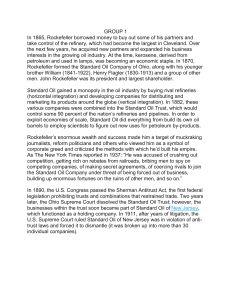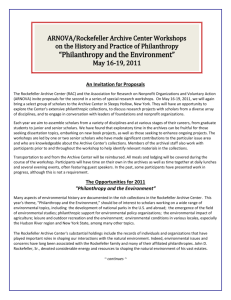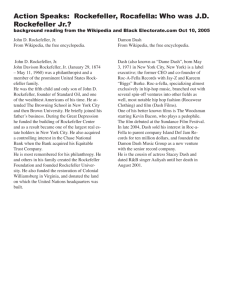Rockefeller and the 7 Men of Steel.
advertisement
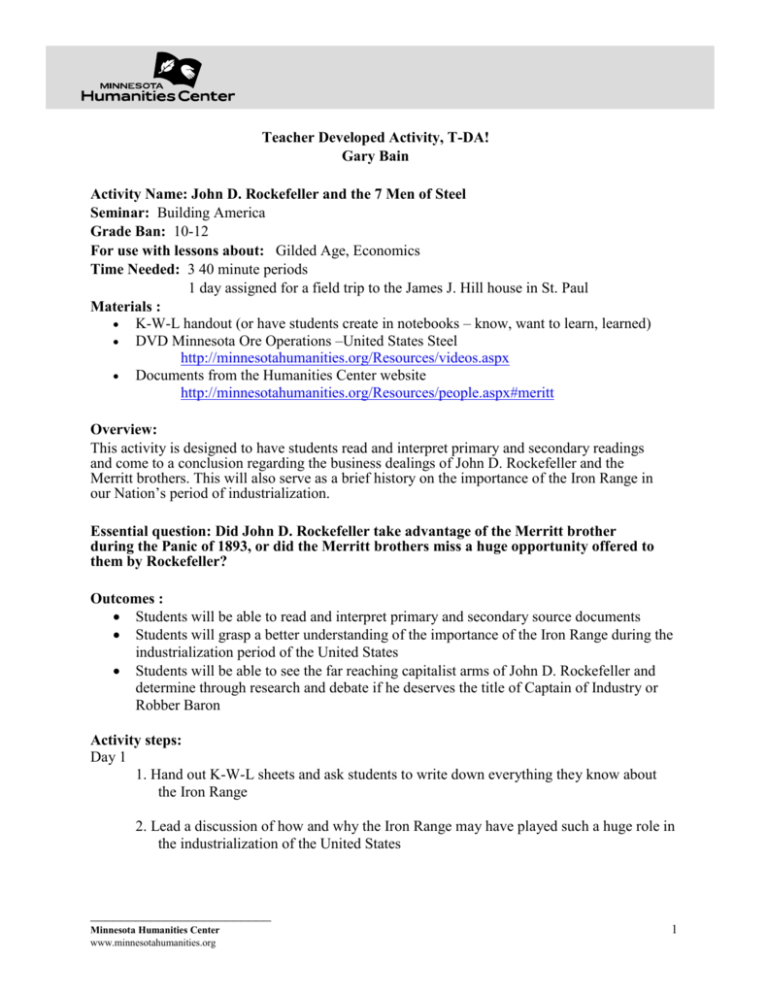
Teacher Developed Activity, T-DA! Gary Bain Activity Name: John D. Rockefeller and the 7 Men of Steel Seminar: Building America Grade Ban: 10-12 For use with lessons about: Gilded Age, Economics Time Needed: 3 40 minute periods 1 day assigned for a field trip to the James J. Hill house in St. Paul Materials : K-W-L handout (or have students create in notebooks – know, want to learn, learned) DVD Minnesota Ore Operations –United States Steel http://minnesotahumanities.org/Resources/videos.aspx Documents from the Humanities Center website http://minnesotahumanities.org/Resources/people.aspx#meritt Overview: This activity is designed to have students read and interpret primary and secondary readings and come to a conclusion regarding the business dealings of John D. Rockefeller and the Merritt brothers. This will also serve as a brief history on the importance of the Iron Range in our Nation’s period of industrialization. Essential question: Did John D. Rockefeller take advantage of the Merritt brother during the Panic of 1893, or did the Merritt brothers miss a huge opportunity offered to them by Rockefeller? Outcomes : Students will be able to read and interpret primary and secondary source documents Students will grasp a better understanding of the importance of the Iron Range during the industrialization period of the United States Students will be able to see the far reaching capitalist arms of John D. Rockefeller and determine through research and debate if he deserves the title of Captain of Industry or Robber Baron Activity steps: Day 1 1. Hand out K-W-L sheets and ask students to write down everything they know about the Iron Range 2. Lead a discussion of how and why the Iron Range may have played such a huge role in the industrialization of the United States ________________________ Minnesota Humanities Center www.minnesotahumanities.org 1 Day 2 1. Do students know any modern day capitalists (define capitalism) 2. Ask students about their prior knowledge of John D. Rockefeller. 3. Explain vertical and horizontal integration. 4. Divide class into groups and hand out documents; they will read them in class and break into jigsaw groups to share their readings. 5. Divide the class and have them prepare for debate on day 3 to answer the question: Was Rockefeller justified in calling in the loan to the Merritt brothers and thus taking over the mining operations? Day 3 1. Begin with the debate. After about 25-30 minutes wrap up the debate and ask if they are ready to come to a conclusion and why. 2. Put all of their pros and cons on the smartboard/whiteboard. Students will fill out the last section of the K-W-L chart Day 4 1. This activity can conclude with a trip (real or virtual) to James J. Hill’s mansion in St. Paul to see first hand the opulence in which the Gilded Age industrialists lived. Tour Info Photos on flickr Rubric/Assessment tool: Student will write an essay answering the question posed at the beginning of the lesson. Did John D. Rockefeller take advantage of the Merritt brother during the Panic of 1893, or did the Merritt brothers miss a huge opportunity offered to them by Rockefeller? Essay includes Thesis statement A minimum of 3 paragraphs explaining their rationale and upon which documents their decision is based Conclusion paragraph ________________________ Minnesota Humanities Center www.minnesotahumanities.org 2 KWL Handout Purpose: This thinking strategy is used with text and provides the framework for constructing meaning. The KWL consists of three parts: 1) prior to learning, identify what readers KNOW about a topic; 2) prior to learning, determine what readers WANT to find out about the topic, and 3) after the learning experience, note what readers LEARNED about the topic. KWL Chart Question: What We Know What We Want to Know What We Learned ________________________ Minnesota Humanities Center www.minnesotahumanities.org 3
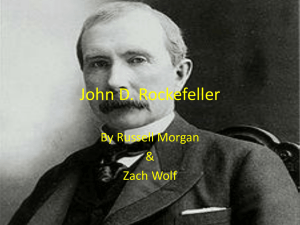
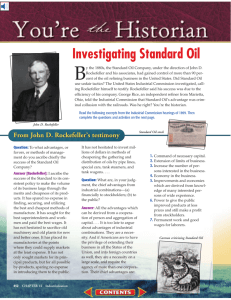
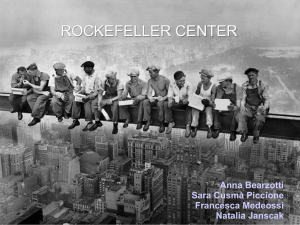
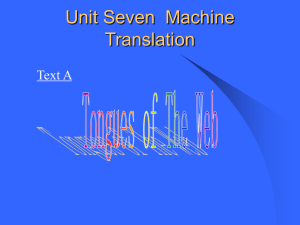
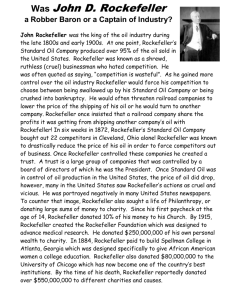
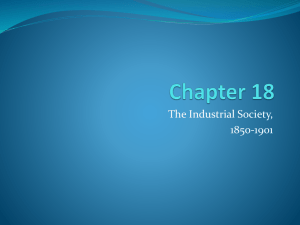

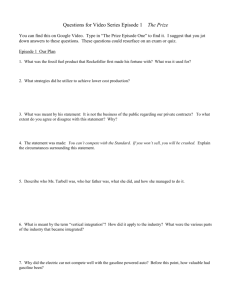
![men_who_built_america[1]](http://s2.studylib.net/store/data/005219845_1-7979604da89ac700f7913bb56611cc41-300x300.png)
